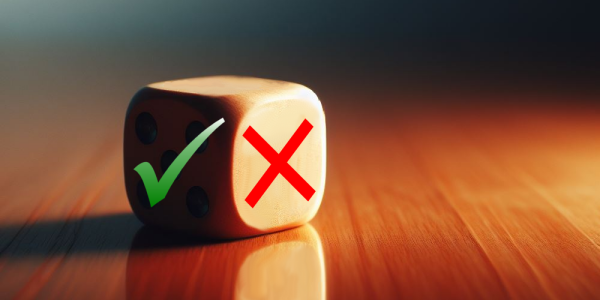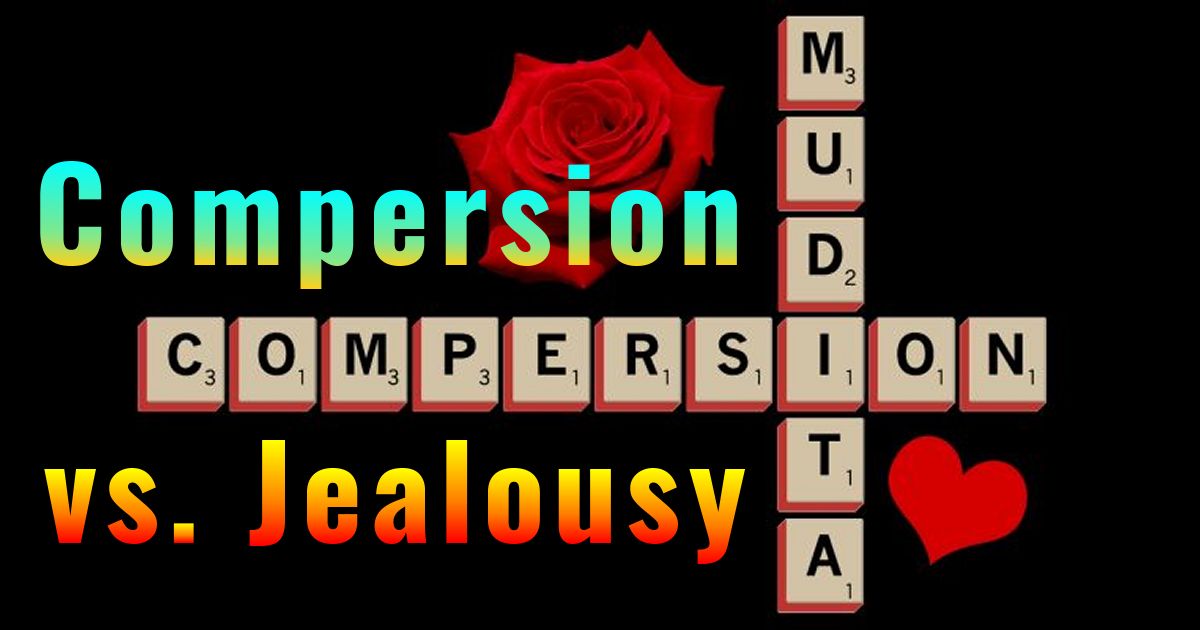Communicate better

Keys to effective communication:
- Clear: Your message is clear and easy to understand. Use simple language, no obscure words or words that can be understood in different ways.
- Concise: While the intent to write long sentences is to explain better, more often than not, too many words lead to misunderstandings or confusion. Keep it short and simple.
- Correct: Accurate and factual. When you include a subjective statement, the credibility of the entire message is lost.
- Complete: Include all the relevant information. Never assume that it is already known. There is sometimes a fifth C for Courteous. I prefer to add:
- Empathy: Put yourself in the other person's shoes. Understand their perspective and culture. Even if, on the surface, their culture seems similar to yours, there can be subtle differences you may not be aware of that change the understanding of your message. Then what would seem obvious, yet rarely mentioned:
- Listen: Pay attention to the message you are receiving: the words, the style of writing, or if in person, the body language and tone of voice. Acknowledge or ask for clarification if that helps. Show that you are engaged in the conversation.
Obstacles to effective communication:
- Shyness: Self-confidence goes a long way to overcome shyness. Hierarchy is a big obstacle, even more so in culture than in business.
- Culture: High-context cultures (e.g., Japan) rely on implicit cues, while low-context cultures (e.g., Germany) prefer directness. Some topics can be sensitive or even avoided altogether.
- Assumptions: Leaving out what seems to be obvious information already known.
- Dialect: Many words have different meanings in dialects of the same language. American-English and British-English for example. When someone says "I am pissed", the American understands "I am mad, I am very upset" while the Brit understands "I am drunk".
Building Blocks of Communication:
Communication is the bridge connecting you to others. Here are the key building blocks to make communication work.- The Sender: This is you! The person who has a message or idea to convey. Think in the optic of the receiver who is going to process your message.
- The Message: This is the information you want to share. It could be words, ideas, feelings, or even nonverbal cues like body language. In person, the message may not even have words! It could be an expression of surprise or disgust, a gesture to point at something or someone, or to decline another glass of wine. Non-verbal messages are very common when you want to communicate something to someone specific quietly, without anyone else noticing.
- The Channel: This is how you deliver your message. Is it a face-to-face conversation, a phone call, an email, or a social media post? Oral or written messages are very different. Oral ones need to be understood as they are being told as they are at this instant while written ones remain visible and can be read more than once, either immediately or later. That defines the structure and extent of the message.
- The Receiver: This is the person you are reaching. They need to be able to understand your message and respond accordingly. You formulate your message for them, not for you.
- Feedback: This is the receiver's response to your message. It lets you know if your message was received and understood as intended. It can be a nod or a long written message. In turn, that message needs to have the same characteristics as the original as you are now the receiver who need to understand the answer.
Communication Breakdown:
Unfortunately, communication doesn't always flow smoothly. Here are some common problems to avoid.- Unclear message: The message is confusing, or incomplete, or is missing context.
- Channel mismatch: Choosing the wrong channel, like sending a complex message via text instead of email, can make it difficult to understand.
- Poor listening: The receiver might not pay close attention or being distracted, overlooking the message's content or intent.
- External distractions: Noise, interruptions, or environmental factors can disrupt the communication process.
- Misinterpretations: Cultural differences or personal biases may cause the receiver to wrongly understand the message or its intent.
Clear and complete messaging
Incomplete, or out of context, messages lead to back and forth queries and answers. That in itself can get annoying, but when the timeframe or the medium is limiting, the intent of the message is lost. For example:
"Let's meet tomorrow"
When? Where? With whom? For what?
"Let's meet tomorrow 5pm at the Blue Cafe on Main street. Nat will join us. Casual meetup, nothing fancy"
- When: Tomorrow 5pm.
- Where: At the Blue Cafe on Main street (not everyone may know where Blue Cafe is!).
- Whith whom: With Nat.
- For what: Casual meetup, no need to dress up.
De-escalating Conflict
Imagine a couple having a disagreement.
- Effective Communication: Each partner takes turns expressing their feelings and concerns calmly and respectfully - clear messaging. They actively listen to each other, trying to understand the other's perspective - active listening. They focus on "I" statements ("I feel hurt when...") rather than accusatory language ("You always..."). Open the path for empathy and problem-solving.
- Communication Breakdown: One partner yells and interrupts the other (unclear message - aggression). They focus on blaming each other (negative communication). This can escalate the conflict and make it harder to find a solution.
Communication is a skill that takes practice. Don't be discouraged if you don't get results overnight. Keep practicing, and you will improve your communication skills over time.
How George Washington started the big war
This goes back 10 years before the American revolution, when George Washington was a Lieutement-Colonel in the British army. In the aftermath of the Battle of Jumonville Glen, Washington had to surrender to the French at the Battle of Fort Necessity and signed the terms of surrender written in French, which he did not speak. That text stated that a British officer had "assassinated" Jumonville. Big difference with "killed in combat". That paper became one of the triggers of the Seven Years War, 1756 to 1763 between the great powers of Europe, spilling into North America.
The irony being that the French then became allied with Washington in the American Revolution, after losing the Seven Years War started, in part, by Washington's failure to observe the rules of good communication by signing a paper he did not understand. Although, to be fair, he was hardly in a position to get picky about the content of that statement considering his predicament.



